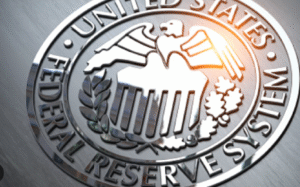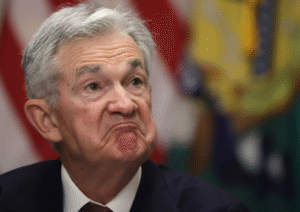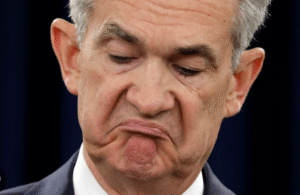$USD $CAD $MEXBOL
#Canada #Mexico #Tariffs #TrumpAdministration #TradeWar #USMexicoCanada #Sanctions #BorderControl #TradePolicy #MigrationControl #DrugTrafficking #EconomicImpact
President Trump has announced a 30-day pause on implementing 25% tariffs on nearly all Canadian imports and all Mexican imports, reversing course just two days after the sweeping trade sanctions were initially unveiled. The decision comes on the heels of intensive diplomatic discussions involving Canadian Prime Minister Justin Trudeau and Mexican President Andrés Manuel López Obrador. According to key reports, the two neighboring nations have made commitments to increase their border security measures. These steps include a more extensive deployment of personnel to curb migrant flows and a strengthened focus on cracking down on drug smuggling activities. Trump emphasized that this pause is aimed at ensuring the safety and security of U.S. borders while fostering more cooperative policymaking with its key North American trade partners.
The potential activation of such steep tariffs, coupled with fears of escalating trade tensions, had spooked markets earlier in the week. Canadian equities tied to export-driven industries, including energy and agriculture, faced mounting selling pressure amid concerns over reduced access to the U.S. market—their largest trading partner. The Canadian dollar ($CAD) also experienced slight depreciation, as traders weighed the potential ramifications of restricted trade flows. Mexican markets, represented by the $MEXBOL index, were similarly volatile, with manufacturing and automotive stocks taking the hardest hit. Meanwhile, currencies like the U.S. dollar ($USD) moved cautiously in the face of uncertainty about how this would impact inflation and domestic production costs. The market’s initial relief over the pause announcement has been palpable, though wariness persists as longer-term policy shifts loom.
The financial implications of the 30-day pause could be significant for North America’s heavily integrated supply chains. If the tariffs are ultimately implemented, American manufacturers relying on Canadian and Mexican imports could face spiraling costs, potentially passing these expenses onto consumers. This would contribute to sustained inflation pressures, a key issue already under sharp focus by the Federal Reserve’s monetary policy agenda. Additionally, Canadian and Mexican exporters would likely face diminishing competitiveness in the U.S. market, with ripple effects potentially impacting gross domestic product (GDP) growth for both countries. However, this temporary reprieve has allowed analysts and policymakers room to strategize potential workarounds to mitigate an all-out trade war, highlighting the importance of these negotiations for global macroeconomic stability.
From a diplomatic lens, this development underscores the balancing act between addressing domestic political priorities and maintaining strong international relations. Trump’s strategy of using tariffs as leverage to secure policy concessions—such as stricter border controls—has added a complex dimension to trade policy discourse. While the commitments made by Canada and Mexico may bolster border security and drug control efforts, they raise broader questions about how trade relationships are increasingly intertwined with geopolitical concerns. Markets will be closely monitoring the next round of negotiations for clarity, as any breakdown in talks could accelerate economic risks across the region. For now, stakeholders—including investors, policymakers, and consumers—have their eyes trained on the evolving dynamics among these three intertwined economies.











Comments are closed.